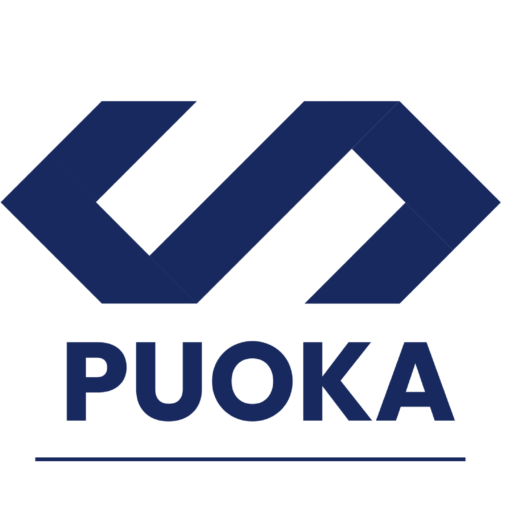[ad_1]

Commercial banks have deepened their dependence on the Central Bank of Kenya (CBK) for liquidity support, pushing their cumulative drawdowns through reverse repurchase agreements (repos) this year to Sh5 trillion and signalling skewed cash distribution in the sector.
CBK data shows that the lenders have tapped the short-term facility at an average of Sh500 billion per month and are therefore on pace to double the Sh2.93 trillion they borrowed via the window in 2023 before the end of this year.
Reverse repos are a form of securitised borrowing by banks from the regulator, using their holdings of Treasury bills and bonds as collateral. These securities are also used as collateral in the discount window.
The CBK can also mop up liquidity from the banking sector through repos, where it places securities (bonds) with the banks through an auction system to reduce the level of commercial bank deposits held at CBK, thus cutting their ability to lend cash to customers.
Repos, the discount window, and term auction deposits (TADs) form the CBK’s open market tools used to either inject or mop up liquidity from the money markets.
Last year, the CBK took measures to address the issue of liquidity in the banking sector by restarting the horizontal repo market (where banks borrow from each other using their Treasury bonds and bills as collateral) and lowering the cost of accessing support from the reverse repos and discount window.
Latest CBK data shows that the sector remains well funded overall with a liquidity ratio of about 50 percent compared to the statutory minimum of 20 percent, but some smaller lenders have had to turn to the regulator for support in meeting their daily cash requirements, due to the uneven distribution of these funds.
The spike in demand for these facilities however shows that there may be some larger lenders tapping into the support.
The reliance of banks on the repo market is also indicative of difficulties by some lenders to raise deposits from customers, due to competition for funds with government and fund managers, with the latter in turn demanding upwards of 17 percent when placing the deposits with banks.
This has pushed the average deposit rate to 11.6 percent, the highest seen since December 1998.
In the first seven months of the year, savings in fixed deposits in banks grew by Sh124 billion, while retail investors raised their lending to the government by Sh149 billion in the period.
Banks have already raised a concern with the CBK that the surge in direct purchase of bonds by their customers has hit them with higher costs of funding, as they seek to stem the outflow of deposits.
They told the CBK in a market perceptions survey ahead of the October 8 monetary policy committee meeting that this flight to fixed depositors is a threat to their intermediary role in the financial market.
[ad_2]





